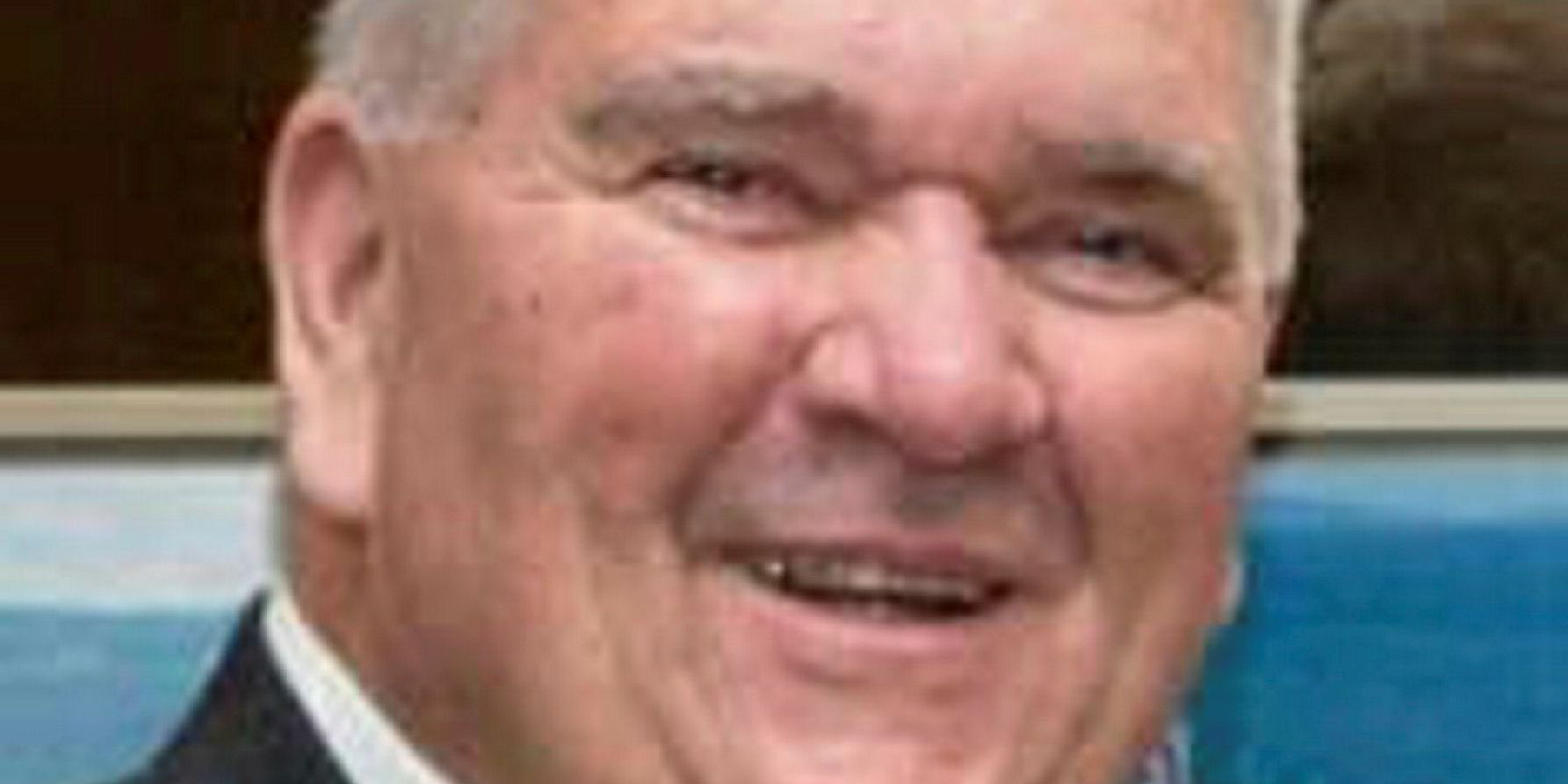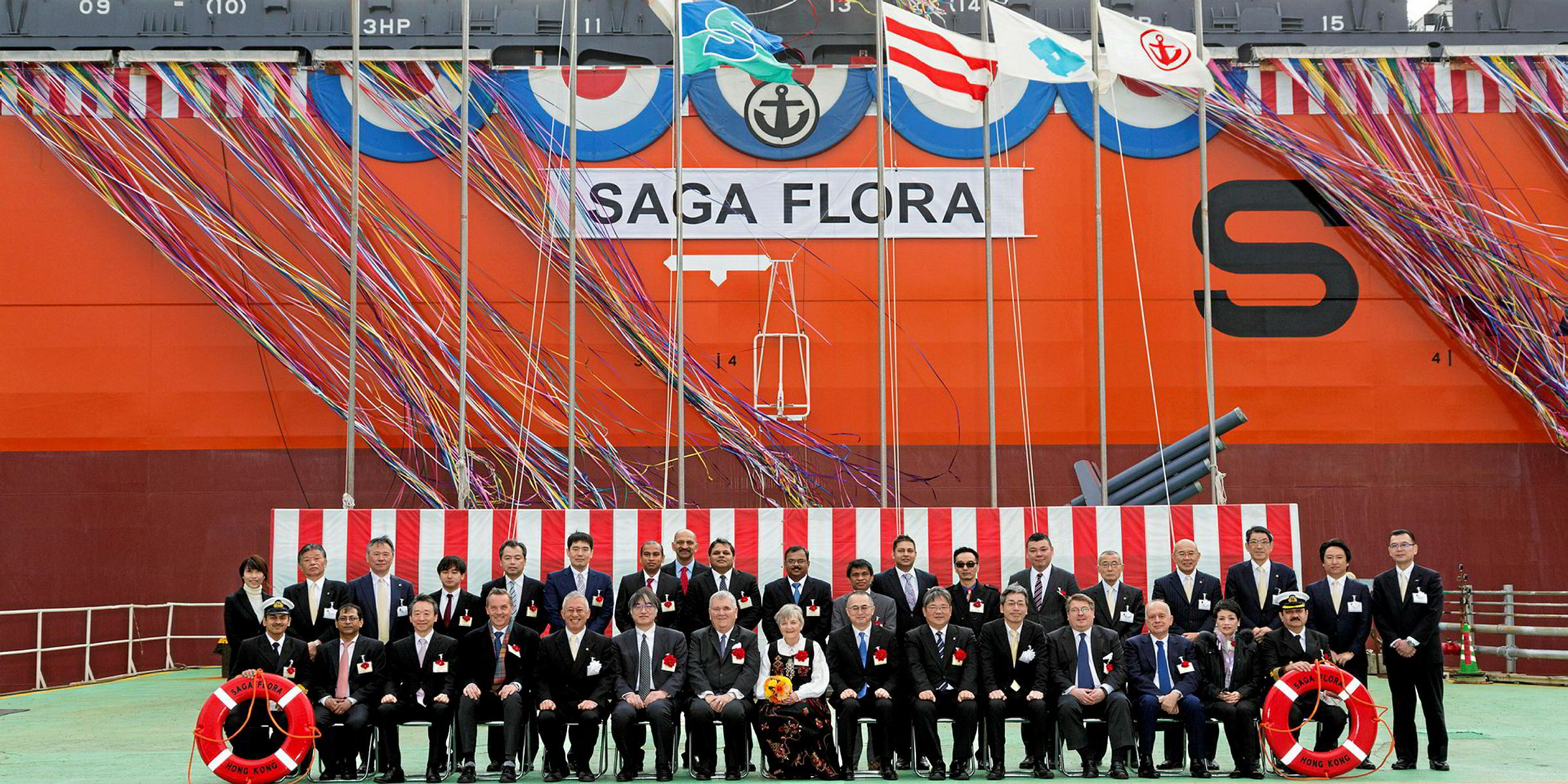As shipping adapts to tighter environmental rules, Saga Shipholding can offer a lesson on how to run a clean, safe fleet.
The Norwegian owner leads with the most ships — 11 — of the 48 enrolled in the US Coast Guard (USCG)’s E-Zero programme, having added two more in the past three months. Its 23 other vessels, which are also in a Saga Welco pool, generally do not trade in the US, so they are not eligible for the programme.
E-Zero, an extension of Qualship 21, recognises ships for having zero detentions and zero environmental deficiencies on a worldwide basis for three years. In return for the distinction, operators face fewer port inspections and other regulatory burdens.
Rear Admiral Paul Thomas, who oversaw the USCG’s safety programmes until last year, said achieving the E-Zero standard was much more exacting than Qualship 21, which has 1,500 vessels.
Not only can pollution and safety standards change by port, they can also change over time, Thomas said. A marine region that was once allowed for discharging ship waste can move, requiring the owner to be on top of the latest rules.
“It requires a lot of management support, as environmental regulations are very complex, depending on where you are,” Thomas said on the sidelines of a North American Marine Environment Protection Association conference.
“Everyone has to comply with existing standards. But [E-Zero] recognises that you have gone the extra mile.”
With sulphur and ballast water emissions largely settled, Thomas said the next wave of environmental rules would probably target other types of waste.
Saga’s senior technical manager, Eivind Holte, gave much of the credit to its outside fleet manager Anglo-Eastern, which has a dedicated internal management group for Saga vessels.
“These Anglo-Eastern guys are doing a tremendous position,” Holte said. “We depend on them a lot and they know what we are looking for as Saga.”
The management uses a manning pool of seafarers dedicated to Saga vessels instead of rotating them in and out from different ships, so they become more familiar with the specialised equipment onboard Saga vessels. Holte said the consistency in manning was a big factor in achieving the E-Zero designations.

“These guys are only working for Saga instead of being on 10 different bulkers,” he said. “The advantage is getting the same people back, and they already know how to operate the gantry and the equipment.”
The E-Zero designation also requires USCG-approved ballast water treatment systems onboard its vessels. Saga spent $34m across
its fleet to install Optimarin systems.
The company got well in front of the issue by installing its first ballast treatment system in 2012. Holte said Saga had experienced the typical problems associated with any new equipment on a ship, but “we have solved any issues together with Optimarin, which has done a tremendous job”.
Expensive decision
To invest early in ballast water treatment gear that met strict US requirements was “an expensive decision”, Holte admitted.
To protect that investment, the company established training centres in Mumbai and Manila for seafarers to become familiar with operating the systems.
The industry won a two-year IMO reprieve for retrofitting ballast water gear. But Holte said shipowners should not delay further, because installing the equipment was the right thing to do.
“If you make something a problem, then you are not looking for a solution,” he said. “We saw this as an opportunity to do something good.”
Saga’s strong environmental record did not allow it much premium from charterers, Holte said, but it offered more peace of mind in running its fleet.
“The cheapest one gets the job anyhow,” he said. “We don’t get paid for [the E-Zero] designations, but it’s real nice to have.”



